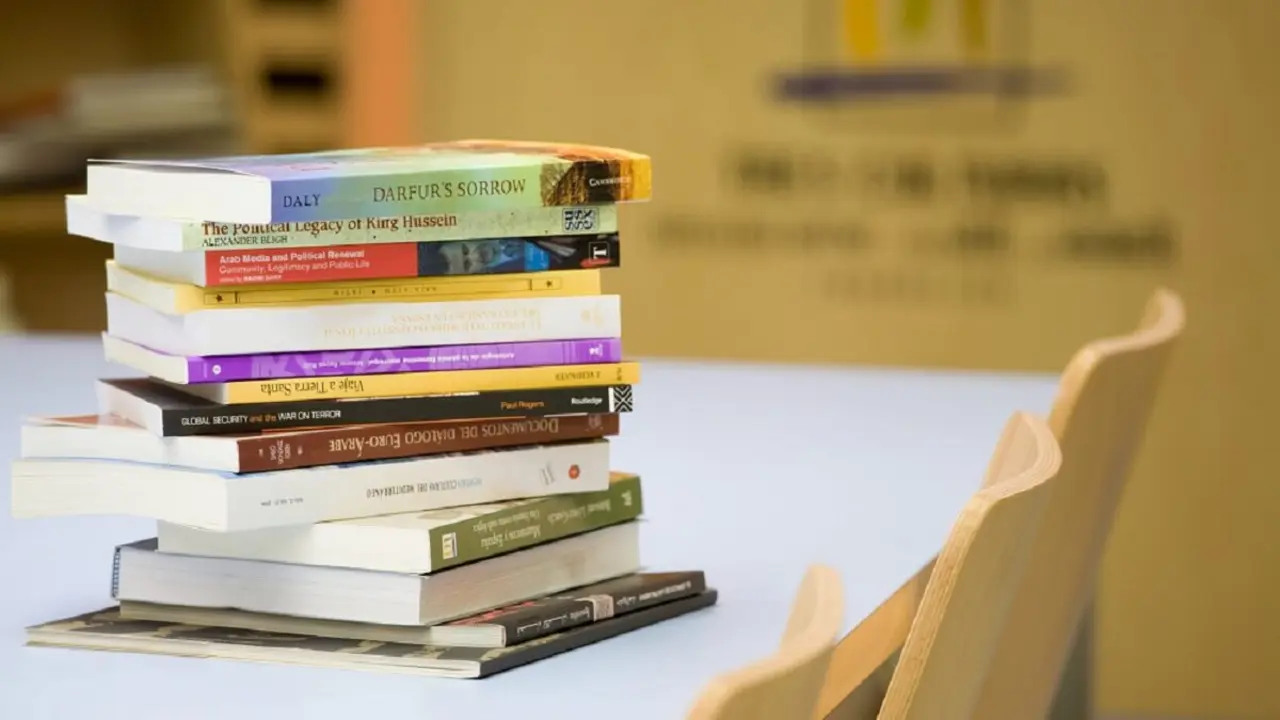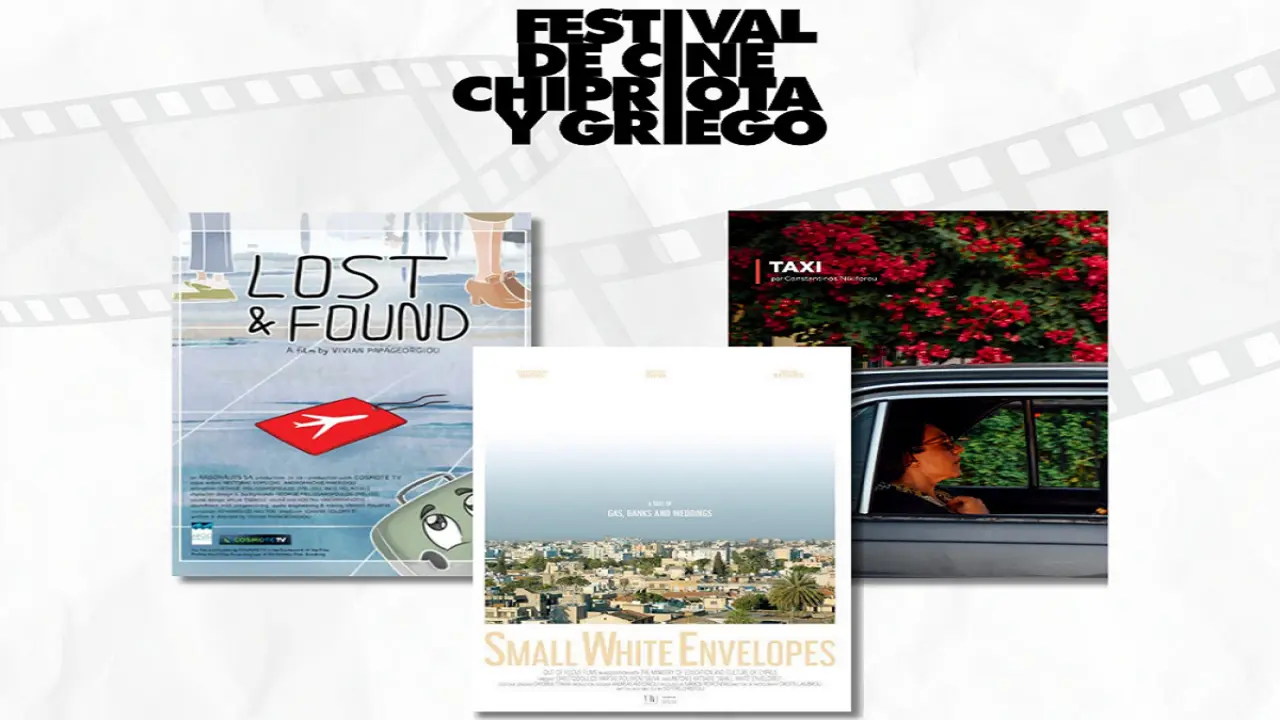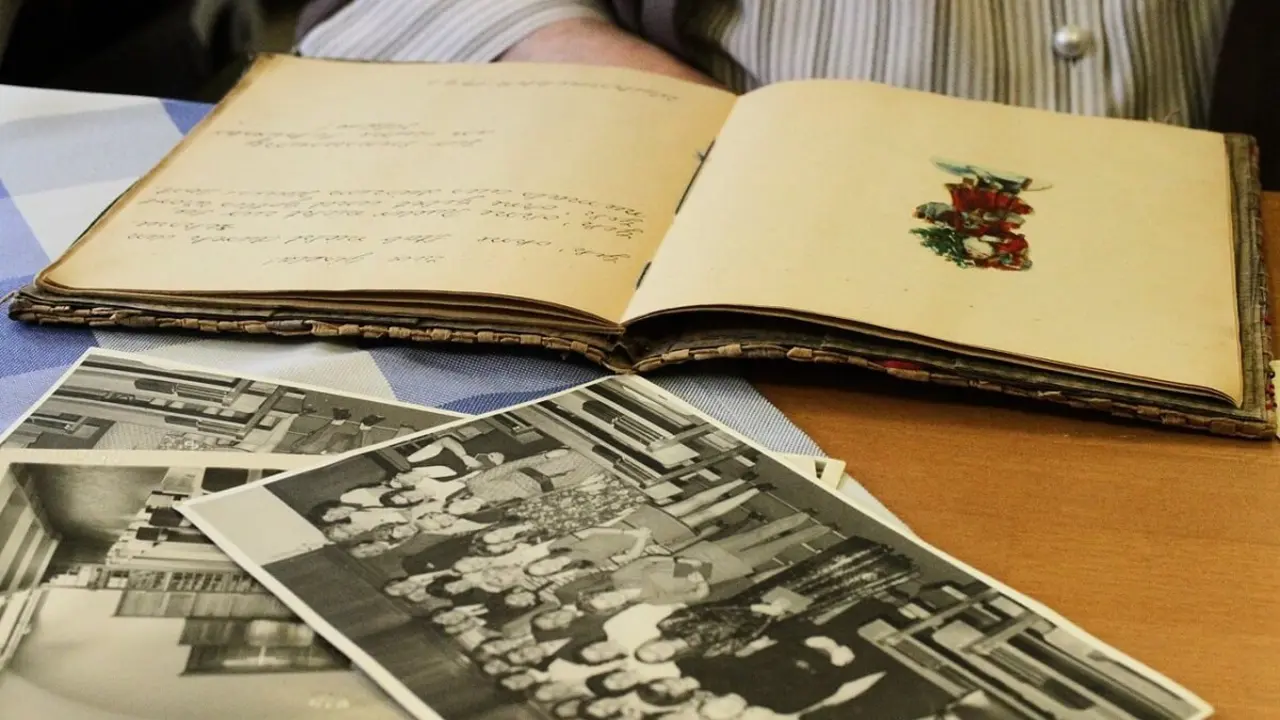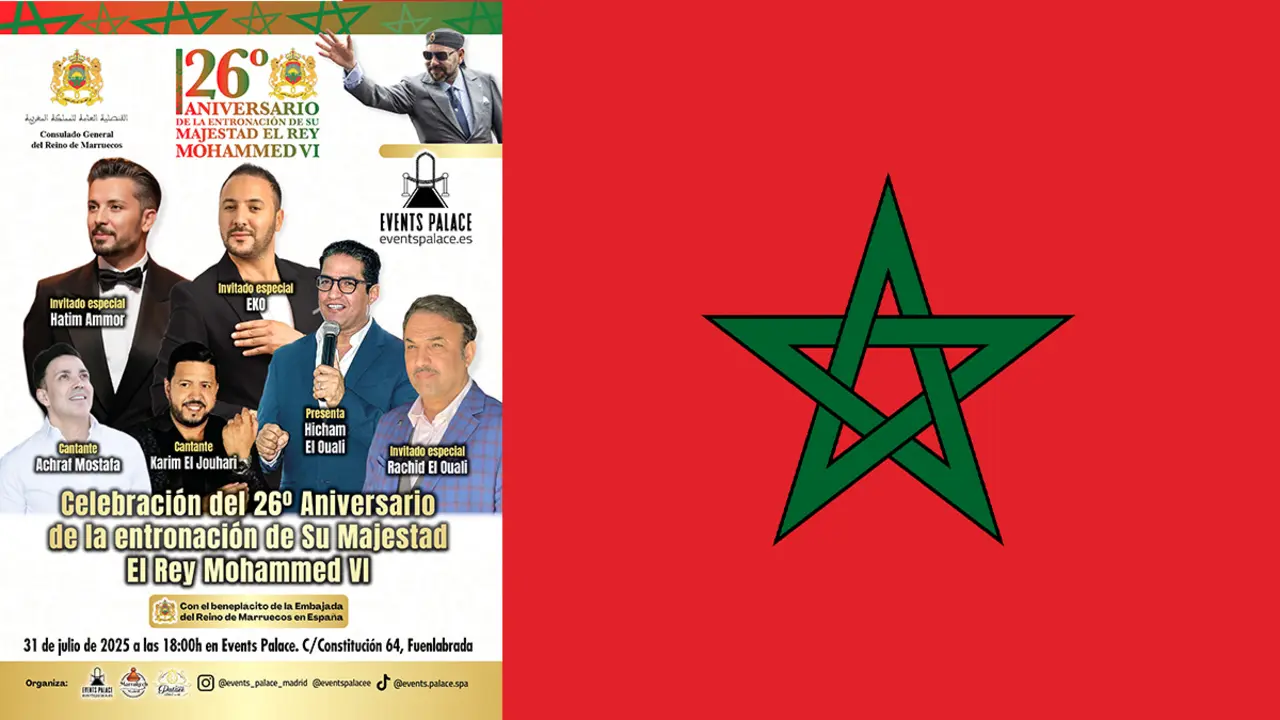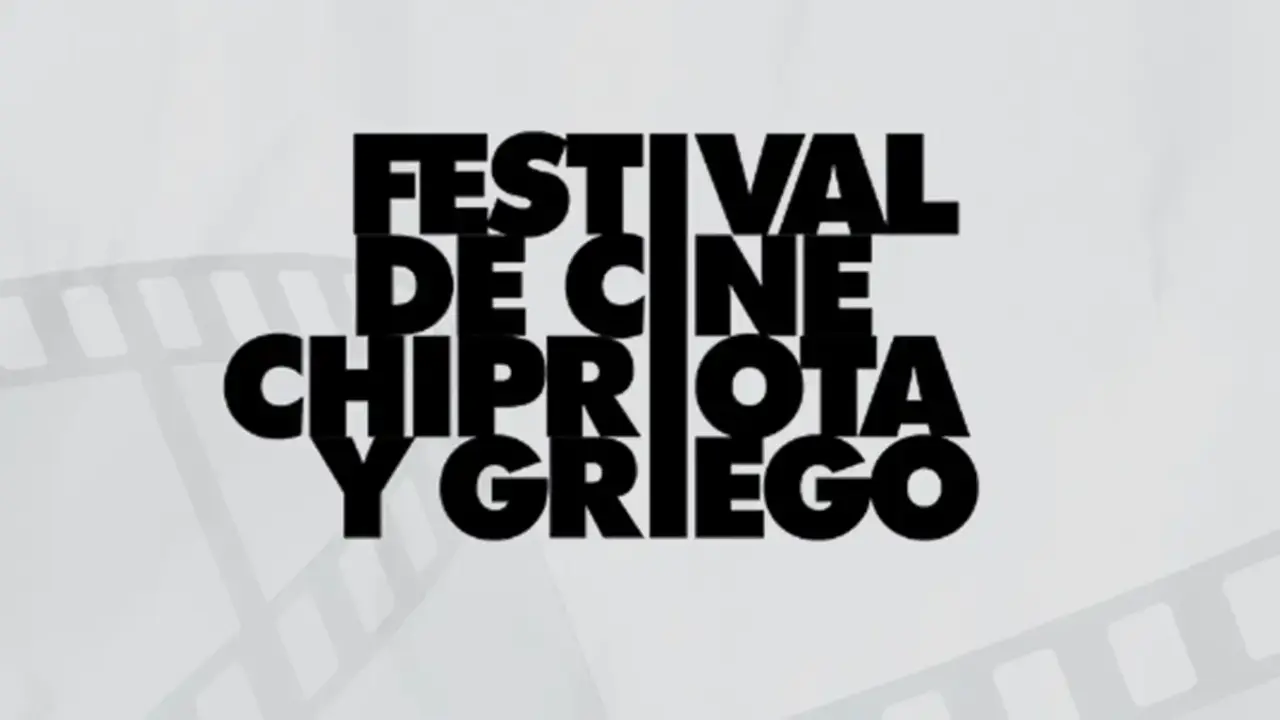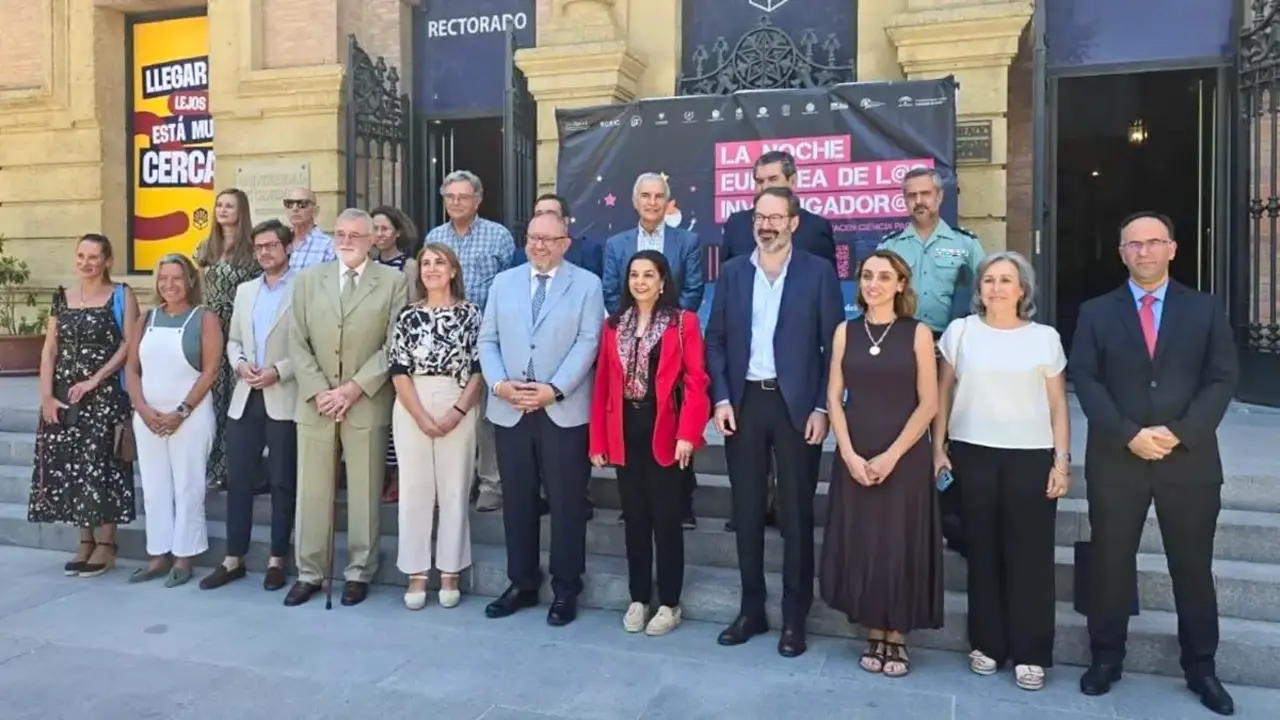Spain and Morocco: evidence of a common history on display at the National Archaeology Museum (MAN)

The material, historical evidence of the bridges between the two shores of the Mediterranean will be on display at the National Archaeology Museum in Madrid from 24 May. An exhibition jointly put together by the Spanish and Moroccan authorities will be on display at the museum on Calle Serrano, highlighting the deep historical and cultural ties that unite the two countries, which at some point in history, under the Roman Empire, shared culture, religion and government.
This is 'Around the Pillars of Hercules', a temporary exhibition of 335 archaeological pieces from the MAN and the museums of the National Foundation of Museums of the Kingdom of Morocco (FNM) that can be visited free of charge until 16 October 2022 at the MAN. It is a work of more than 3 years between Spain and Morocco that finally sees the light of day. Acción Cultural Española (ACE), the Spanish Agency for International Development Cooperation (AECID) and the Association of Friends of the MAN, under the coordination of the Spanish Ministry of Culture and Sport, have participated in its implementation.

In the words of the Moroccan painter Mehdi Qotbi, also president of the FNM, "Culture is a solid cement for relations between our two countries". Qotbi spoke at a press conference prior to the opening of the exhibition, accompanied by Isabel Izquierdo Peraile, director of programming at ACE; Víctor Francos Díaz, secretary general for Culture and Sport of the Spanish Government; Andrés Carretero Pérez, director of MAN; as well as Abdelaziz Elidrissi and Eduardo Galán, curators of the exhibition.
Qotbi's annotation referred to the new stage of good relations between the kingdoms of Spain and Morocco. Qotbi stressed however that the exhibition is a work long before the differences between Spain and Morocco in 2021, and that this date could not be more opportune. "We have been working on this exhibition for three years. Now its inauguration comes at a pertinent time as we have the blessing and the high patronage of the two kings". Isabel Izquierdo Peraile agreed with Qotbi's remarks, and said the exhibition is a "success of good understanding in the diplomatic framework that allows for a very effective collaboration".

According to Qotbi and Elidrissi, 'Around the Pillars of Hercules' features a series of archaeological pieces that have never left Morocco, some of which have never been exhibited. According to Elidrissi, there are around 170 historical pieces from the 14 museums of the FNM in Morocco that take on a new meaning and symbolism when exhibited alongside the Spanish pieces from the MAN.
For the two curators of the exhibition, Galán and Elidrissi, the exhibition is a scientific display of great utility for Moroccan and Spanish historiography. It is organised chronologically from prehistoric times to the Middle Ages. The pieces that make up the exhibition are arranged in pairs throughout the exhibition. The pieces from the Spanish museums are accompanied by their counterparts from the Moroccan museums. Pre-Phoenician bell-shaped bowls and vessels and ivory utensils attest to the theme of the exhibition, according to Elidrissi, and show how exchanges of technology and culture went both ways on the shores of the Mediterranean. "Africa received the bell-shaped technology of the Millares, and Europe received ivory carvings from the Lake Chad basin".

The Moroccan contribution to the exhibition is particularly noteworthy for its bronze pieces from the classical period. The exhibition pays special attention to the pre-Roman and Roman eras, as the choice of the name, which refers to Hercules' last work in the African garden of the Hesperides, suggests. It is in this time frame that the two most iconic pieces in the exhibition are inscribed, and which are together for the first time in history: the busts of King Jubaa II. The Spanish marble one, from the Prado Museum, and the Moroccan bronze one.
At the press conference, Mehdi Qotbi mentioned the possibility of the exhibition moving to Morocco in the future. "The most likely would be the museum in Fez. We are preparing it now, the FNM is working to open one of the biggest museums in the world".

